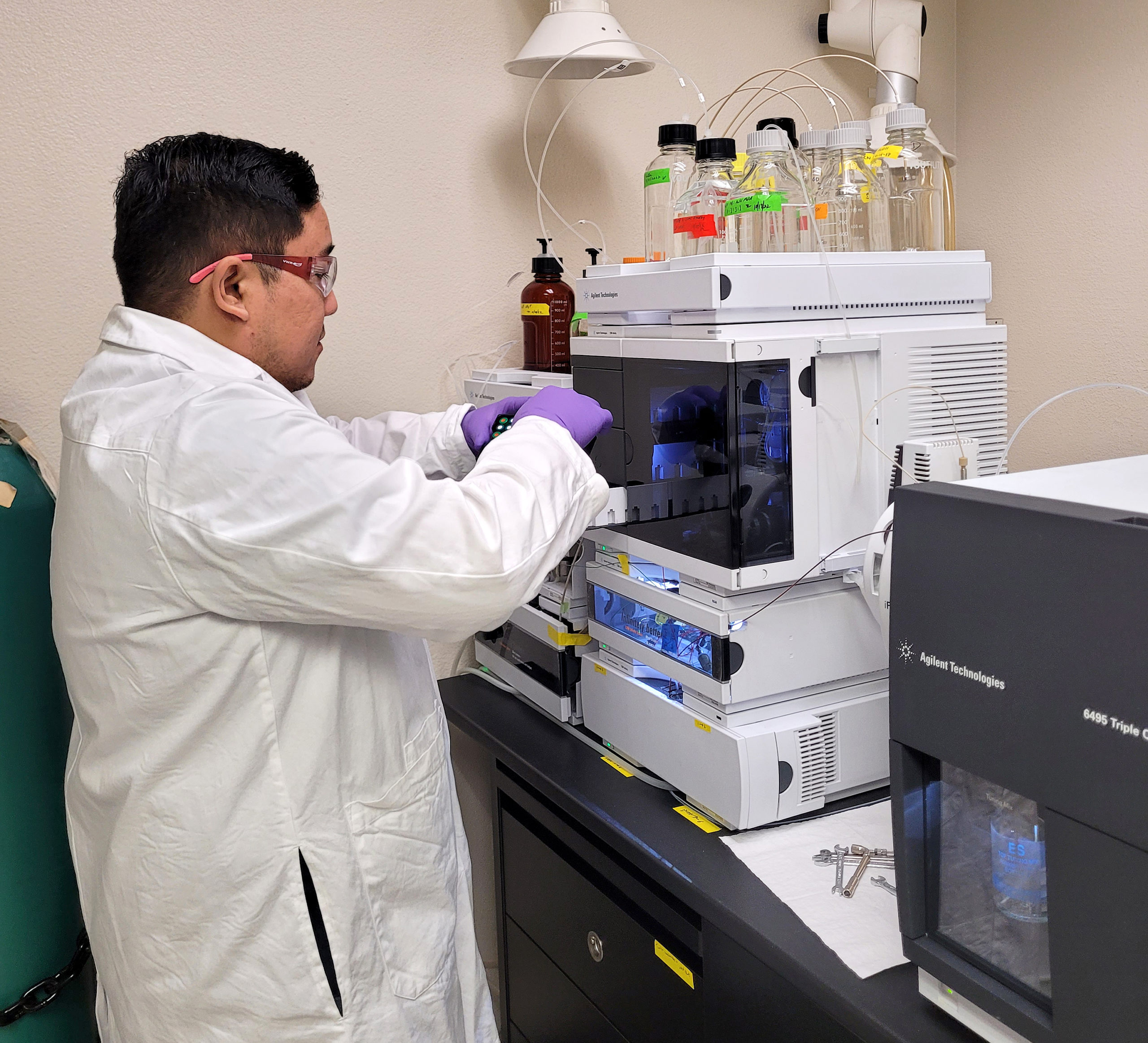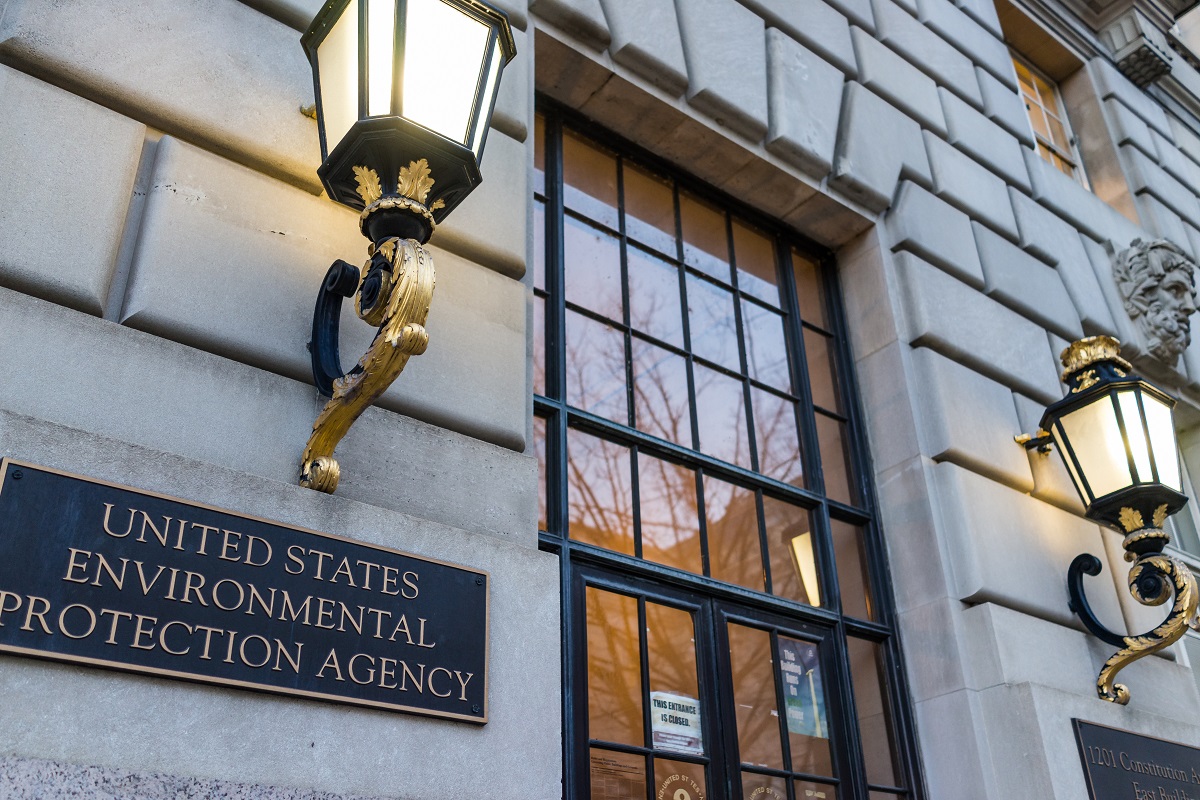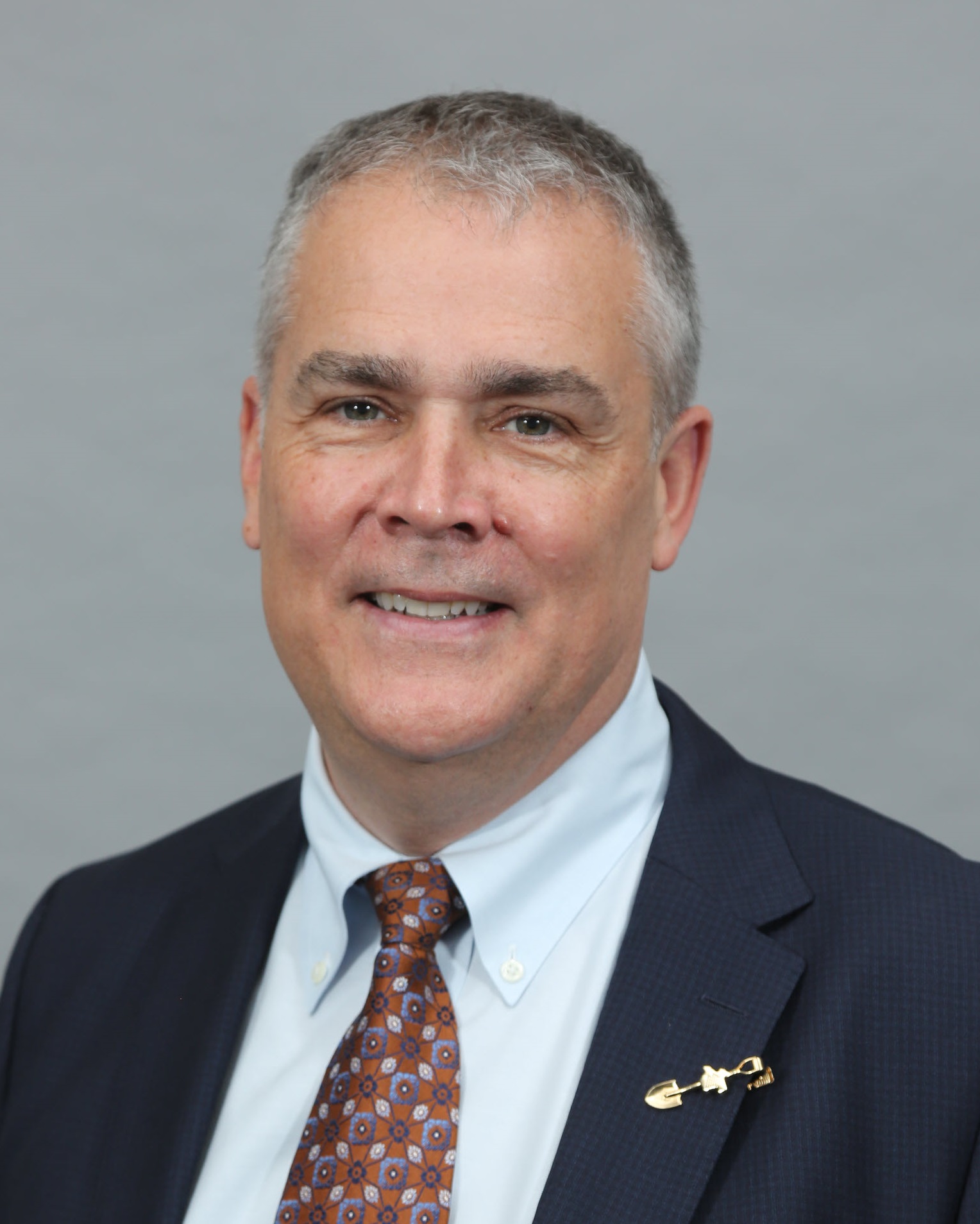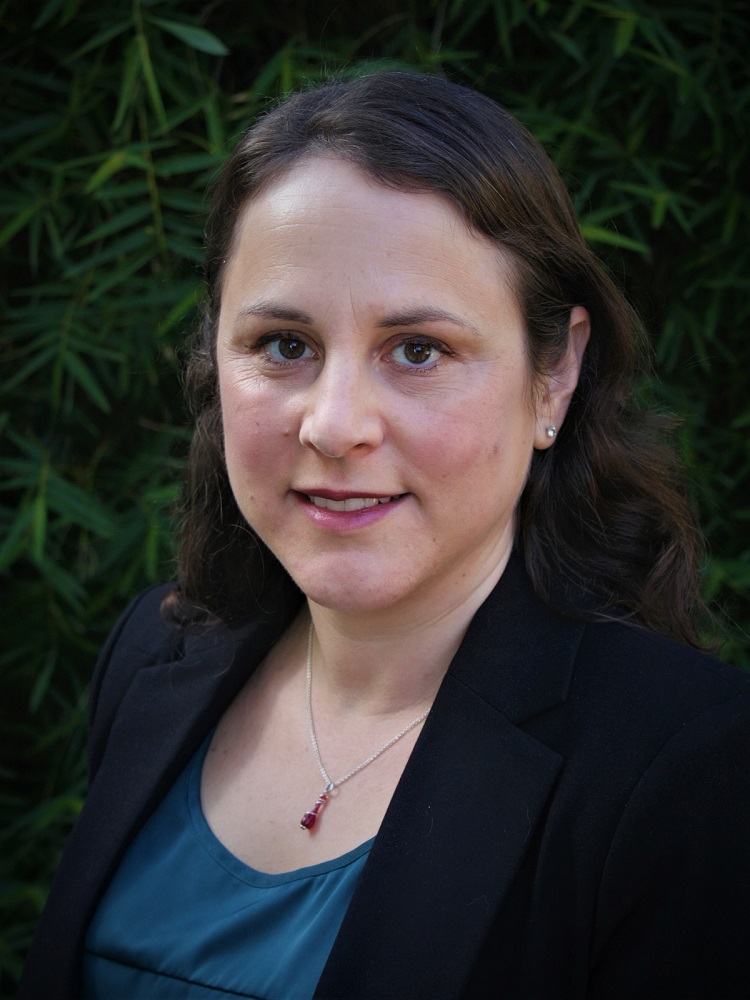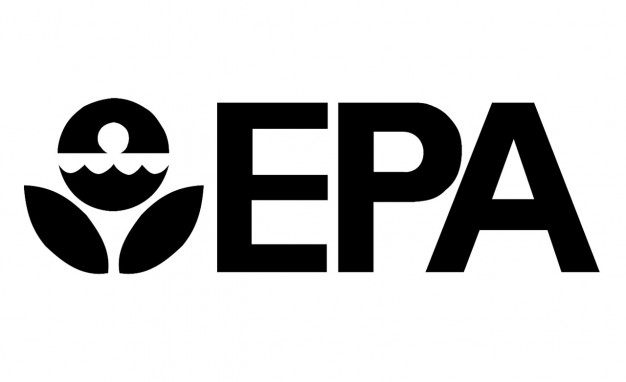-
NEWS
Representatives from Jurupa Community Services District (JCSD) took part in a critical roundtable discussion at the California State Capitol recently, focusing on the pervasive challenges posed by Per- and Polyfluoroalkyl Substances (PFAS). Representing JCSD were General Manager Chris Berch and Manager of Government & Public Affairs Arman Tarzi. The roundtable of state leaders, invited by...
-
NEWS
Per- and polyfluoroalkyl substances (PFAS) are pervasive contaminants detectable in all wastewater effluents, even in the absence of direct industrial sources. Water resource recovery facilities (WRRFs) act as passive receivers of these substances. While PFAS precursor compounds often transform into terminal forms detectable in effluent using methods like EPA Method 1633, WRRFs typically lack the...
-
NEWS
Updated on April 19: the U.S. Environmental Protection Agency released both its final rule to classify PFOA and PFOS as hazardous substances under the Comprehensive Environmental Response, Compensation, and Liability Act (CERCLA) and an enforcement discretion memo. This memo shows that EPA does not believe that water systems are the problem. However, the reality of...
-
NEWS
Edited by Simona A Bălan and Thomas A Bruton, California Department of Toxic Substances Control; and Kimberly G Hazard, UC Berkeley. From the description: Perfluoroalkyl and polyfluoroalkyl substances (PFASs) are extensively used in consumer products, despite their high persistence and other hazards. The risks posed by this chemical class to human health and the environment,...
-
NEWS
CWEA’s coverage of PFAS is supported by Carollo. Advance your career with WEF’s industrial water resources! These peer-reviewed publications provide water quality professionals with essential technical knowledge and strategies. Order yours today! PFAS in the Water and Wastewater Sectors: Fundamentals, Management, and Treatment This collection of essays provides a state of the field on PFAS...
-
NEWS
“One of the most effective near- and long-term solutions to reducing PFAS in biosolids is to prevent PFAS from entering wastewater treatment facilities in the first place.” The latest science is clear: long-term exposure to PFAS is linked to significant health risks, and PFAS can enter our water and land through several different paths. That’s...
-
NEWS
Coverage of PFAS is supported by Carollo. The toxicity and widespread detectability of certain per- and polyfluoroalkyl substances (PFAS) have raised concern about their potential health impacts or changes to water and wastewater practices in response. PFAS are commonly present in water, human blood, environmental samples, household products, and biosolids (Ducatman et al., 2022; Hu...
-
NEWS
As regular readers of my blog are likely aware, this week EPA announced proposed Maximum Contaminant Limits (MCLs) of 4 ppt for PFAS in U.S. drinking water utilities. I’m a social scientist, not a toxicologist or engineer. I can’t speak to health risks or the benefits of regulating PFAS. I can’t address the feasibility of...
-
NEWS
View CWEA’s PFAS topics page > Research by Charles E. Schaefer, Jennifer L. Hooper, Laurel E. Strom, Ibrahim Abusallout, Eric R.V. Dickenson, Kyle A. Thompson, Gayathri Ram Mohan, Dina Drennan, Ke Wu, and Jennifer L. Guelfo (please see article for affiliations) Abstract Both quantifiable and semi-quantifiable poly- and perfluoroalkyl substances (PFAS) were evaluated in the...
-
NEWS
View CWEA’s PFAS resources page, support by Carollo. Today, the U.S. Environmental Protection Agency (EPA) announced it is seeking public comment on its proposal to address environmental justice, climate change, and PFAS contamination in its National Enforcement and Compliance Initiatives (NECIs). Every four years, EPA selects national initiatives to focus resources on serious and widespread...
-
NEWS
Coverage of PFAS is supported by Carollo. In 2018, the media seized on a story about a small dairy farm in Maine that was forced to no longer produce milk due to sludge and biosolids spread on the farm as fertilizer under a state-sponsored program from 1983 to 2004. Wastewater utilities were quickly blamed for...
-
NEWS
View CWEA’s PFAS resources page, support by Carollo. PFAS Are Ubiquitous in Our Homes and Our Environment Several recent legislative and regulatory efforts across the US to address PFAS have focused on limiting levels in drinking water. However, there has been relatively little conversation about the presence of these chemicals in our everyday lives. In...
-
NEWS
View CWEA’s PFAS resources page, support by Carollo. Three San Francisco Bay Area wastewater agencies are participating in an EPA-funded national research program looking at the prioritization, fate, and transport of unregulated organic chemicals (UOCs) in the environment resulting from land application of biosolids. The three agencies, including the Las Gallinas Valley Sanitary District...
-
NEWS
In early 2022, OC San proudly announced they were the first municipal wastewater lab in California accredited to test for PFAS in wastewater. Today, there are 20 labs in California accredited for PFAS testing, OC San and the Inland Empire Utilities Agency are the only approved municipal labs. OC San operates a state-of-the-art Environmental Sciences...
-
NEWS
The practice of treating wastewater has existed since the 19th century, beginning with centralized designs to keep sewage discharge out of clean water sources. Around this time, efforts to separate storm runoff from wastewater was also introduced in many communities. Fast forward to today, decades of focus on the environmental impact of waste treatment and...
-
NEWS
Mark Kawamoto and his team at Orange County Sanitation District, also known as OC San, are trying to solve a riddle: “How does PFAS make its way into water resource recovery facilities?” PFAS are in wastewater that is treated at water resource recovery facilities (WRRFs), including at OC San’s two facilities, but the source of...
-
NEWS
View CWEA’s PFAS resources page, support by Carollo. Exposure to a synthetic chemical found widely in the environment is linked to non-viral hepatocellular carcinoma, the most common type of liver cancer, according to a new study conducted by researchers from the Keck School of Medicine of USC and published in JHEP Reports. These chemicals, which...
-
NEWS
View CWEA’s PFAS resources page, support by Carollo. The U.S. Environmental Protection Agency (EPA) released Effluent Guidelines Program Plan 15 (Plan 15), which lays out how the Agency will work to protect the nation’s waterways by following the science and the Clean Water Act to develop technology-based pollution limits and studies on wastewater discharges from...
-
NEWS
View CWEA’s PFAS resources page, support by Carollo. It is a fact that chemistry has changed our world for the better. It has played an important role in the production of commercial products, thus making a great variety of raw materials accessible to manufacturers across all industrial sectors and leading to the production of many...
-
NEWS
The California Legislature has taken action to limit the use of PFAS in recent years, enacting bills to phase them out of food packaging, banning their use in nearly all firefighting foam, and requiring notification on cookware containing PFAS. Three bills relating to PFAS were passed in the 2022 Legislative Session. The bills included two...
-
NEWS
Per- and polyfluoroalkyl substances (PFAS) are ubiquitous, including detectable amounts typically in the parts per trillion (ppt) range in wastewater effluent and parts per billion (ppb) range in solids. The US EPA plans to publish ambient water quality human-health-based criteria for perfluorooctanoic acid (PFOA) and perfluorooctane sulfonic acid (PFOS) by Fall 2024. The EPA also...
-
NEWS
Per and polyfluoroalkyl substances (PFAS) are a group of man-made chemicals, often called “forever chemicals” because they are extremely resistant to breaking down and they persist in the environment and the human body, leading to continued exposure and health risks into the future. Despite these problems, PFAS are widely used by industry and are in...
-
NEWS
Stories about PFAS have multiplied as we discover more about these “forever chemicals.” They’ve been in our lives since the 1940s – used in clothing, carpets, couches, cookware, cosmetics, and more – but we had no idea until this century that prolonged exposure could be harmful to our health. At least 80 percent of PFAS...
-
NEWS
View CWEA’s PFAS resources page, support by Carollo. Welcome to this special edition of CWEA’s winter magazine. Polyfluoroalkyl and Perfluoroalkyl compounds, or PFAS for short, are a family of chemical compounds with a’ persistence, ubiquity, and toxicity at very low levels that make them the leading contaminant challenge of our time. In 2020, the State...
-
NEWS
On October 5, 2021, Governor Gavin Newsom signed two bills prohibiting PFAS in juvenile products (AB 652) and disposable food packaging (AB 1200). The two new laws are a part of a trend in PFAS regulation in both California and national food law compliance. The persistence, ubiquity, and uncertainty of the health effects of PFAS have...
-
NEWS
The U.S. Environmental Protection Agency (EPA) Administrator Michael S. Regan announced the agency’s comprehensive Strategic Roadmap to confront PFAS contamination nationwide. The Roadmap is the result of a thorough analysis conducted by the EPA Council on PFAS that Administrator Regan established in April 2021. EPA’s Roadmap is centered on three guiding strategies: Increase investments in...
-
NEWS
In recent years, PFAS has become a topic of public concern, particularly when found in water supplies. We in the water sector are also concerned about PFAS because protecting public health and the environment and increasing sustainability in our communities is our daily mission. The Water Environment Federation (WEF) and its members always prioritize science,...
-
NEWS
Download the presentation (pdf) Student and Young Professionals RECORDED Webinar SYP webinars are sponsored by the Los Angeles Basin Section; San Francisco Bay Section and Desert and Mountains Section. Chemicals called PFAS have been in the headlines lately: These emerging contaminants are the focus of a major Hollywood movie, a Congressional task force, and considerable...
-
NEWS
CWEA is tracking the challenges associated with PFAS, a family of chemicals that are compounds of emerging concern. Join us for an upcoming webinar or conference to build your understanding of the challenges, hear from experts and add your voice. From the State Water Board’s PFAS info website… Per- and polyfluoroalkyl substances (PFAS) are a...
-
NEWS
The State Water Resources Control Board recently hosted a 2-day Technical Seminar and concurrent Datathon on per- and polyfluoroalkyl substances (PFAS). Recordings of the seminar along with the agenda, speaker biographies and abstracts is provided on the State Water Board’s PFAS website at https://www.waterboards.ca.gov/pfas. The presentations from the PFAS Technical Seminar are available at: Link:...
-
NEWS
Released this month by AWWA, click here for AWWA’s PFAS website… AWWA Briefing on PFAS PFAS, or per- and polyfluoroalkyl substances, are persistent synthetic compounds used in a variety of industrial and consumer product applications including non-stick cookware and firefighting foams. The presence of PFAS compounds in source water and drinking water is of increasing...
-
NEWS
PFAS compounds are contained in dozens of common household products, in the dust we breathe, and in the blood of nearly every person in America. There are over 3,000 varieties of PFAS that have been created, with about 75 of these used in commercial applications; very little is known about most of them. What is...
-
NEWS
On October 17, 2019 the American Academy of Environmental Engineers and Scientists (AAEES) hosted their annual West Coast Event titled Climate Change: Water and Wastewater Agencies Adaptation and Resiliency at the Southern California Coastal Water Research Project (SCCWRP) Authority. The 2019 AAEES West Coast Event began with an alfresco networking dinner in the patio area....
-
NEWS
Video interview by Water World magazine. Black & Veatch’s Lynne Moss discusses the relationship between PFAS substances and biosolids.
-
NEWS
Update 10/15/19: The LA Times used the State’s date and released an on-line PFOS/PFOA map detailing wells with the compounds at parts per trillion. Now Available Through Web-based Maps Comprehensive Assessment to Continue with Updated Data The State Water Resources Control Board posted the first results of testing for perfluorooctanoic acid (PFOA) and perfluorooctanesulfonic acid...
-
NEWS
A message from the Pretreatment, Pollution Prevention, and Stormwater Conference Chair Dear Fellow Water Professionals, It is a fascinating time to work in the field of water. From enhanced source control to identifying constituents of emerging concern, new leaders and policies are emerging and changing the game. It has never been more pertinent for water professionals across...
-
NEWS
This article originally appeared as a Best Best & Krieger LLP Legal Alert. Reprinted with permission. By Lowry A. Crook and Shawn D. Hagerty Best Best & Krieger LLP Concerns about rising health risks from a group of chemicals called PFAS in water supplies are spurring responses from both federal and state lawmakers, regulators and...
-
NEWS
The State Water Resources Control Board announced updated guidelines for local water agencies to follow in detecting and reporting the presence of perfluorooctanoic acid (PFOA) and perfluorooctanesulfonic acid (PFOS) in drinking water. The Board also announced it has begun the process of establishing regulatory standards for these chemicals. The updated guidelines are part of the...
-
NEWS
It’s almost fall so it must be time for WEFTEC! Close to 25,000 water professionals; 1,000 technology exhibits; and hundreds of educational sessions make it one of the world’s largest water conferences. Not to be missed. California had an outstanding number of speakers selected to present. Don’t miss you friends speaking at WEFTEC. We’re also...
-
NEWS
The family of chemicals known as per- and polyfluorinated alkyl substances, also known as PFAS and PFOA, continues to be a hot topic of growing concern at the state and federal level. The substances have been used in a variety of manufacturing industries around the globe, including food packaging and commercial household products. There is...
-
NEWS
BACKGROUND WEF Fact Sheet on Land Application and Composting of Biosolids (2010) CASA Biosolids Fact Sheet (2015) CASA Biosolids Fact Sheet – Spanish (2015) US Biosolids Program and 40 CFR Part 503 (2019) Land Application of Biosolids: Human Health Risk Assessment Related to Microconstituents (2017) Thermal Oxidation Fact Sheet (2014) Drying of Wastewater Solids (2014) Enabling the Future: Advancing...














